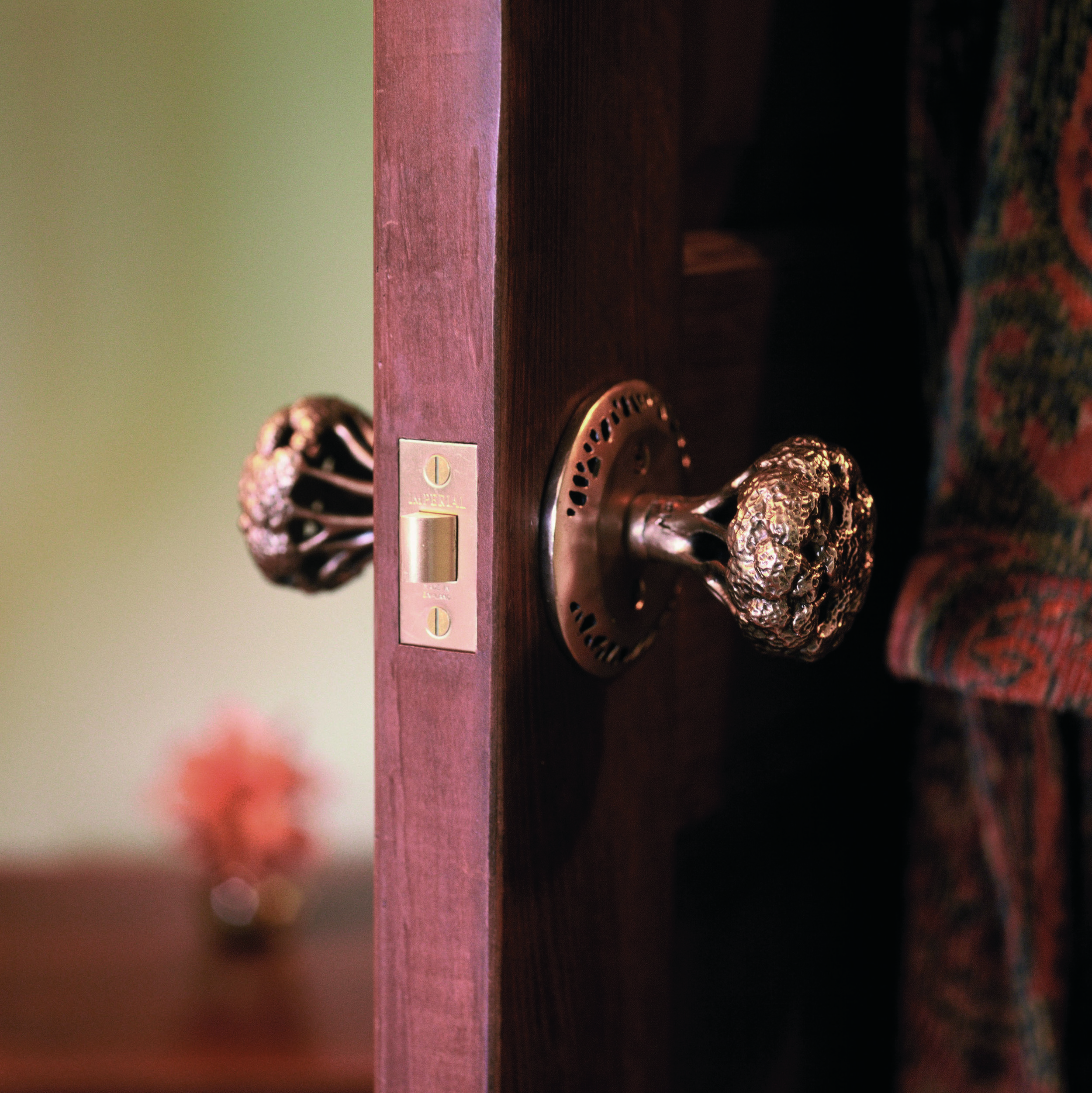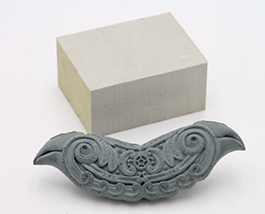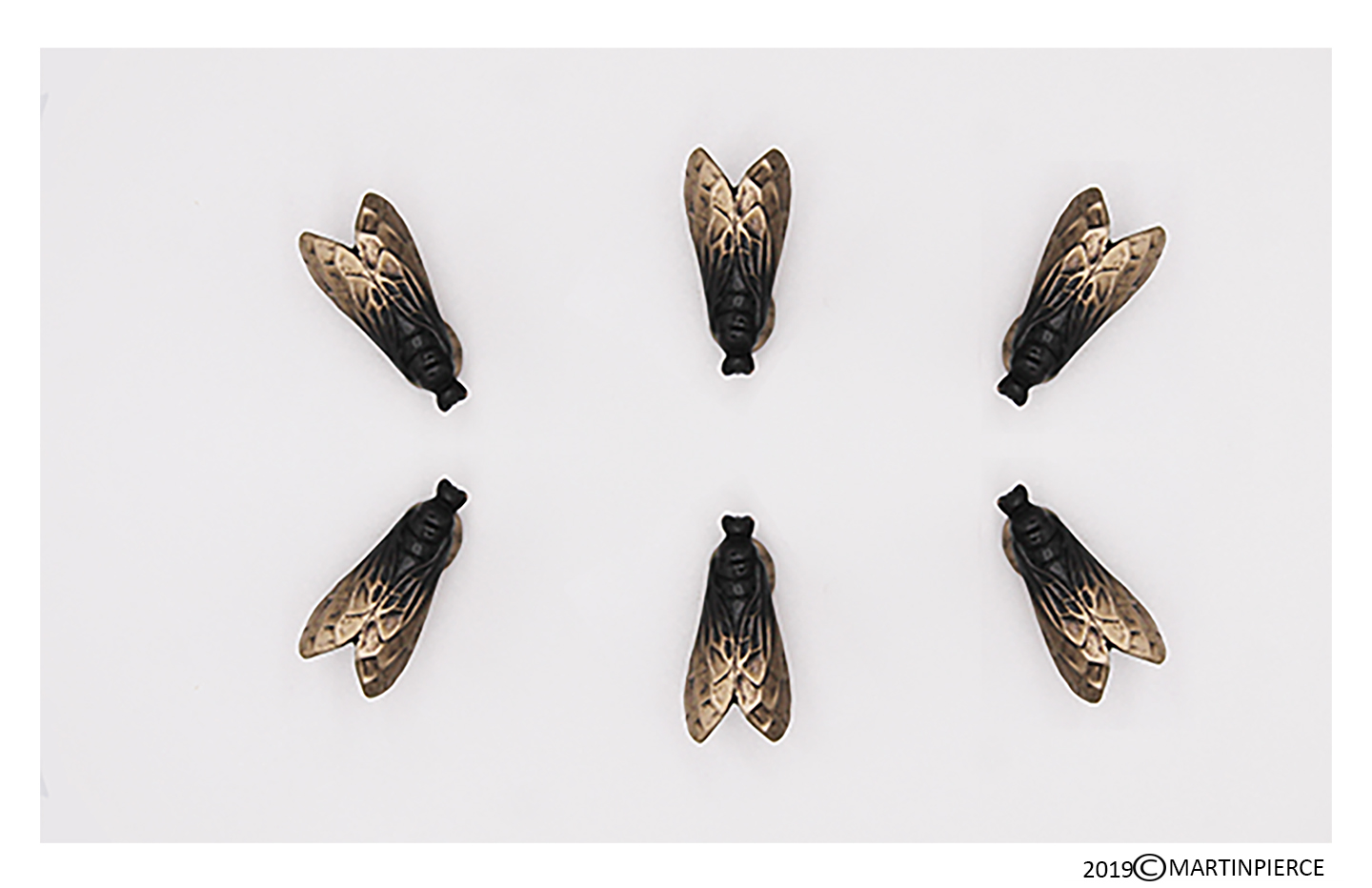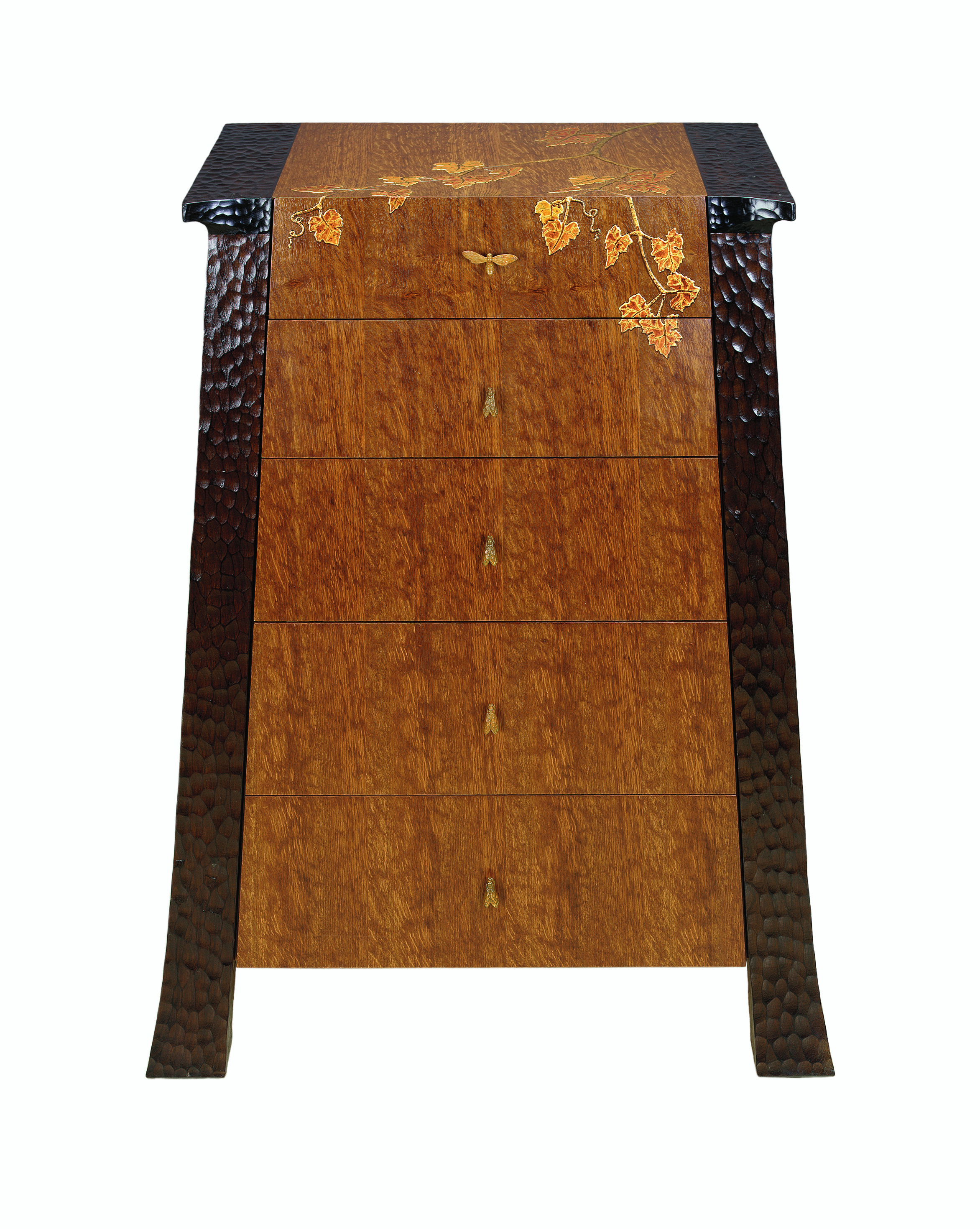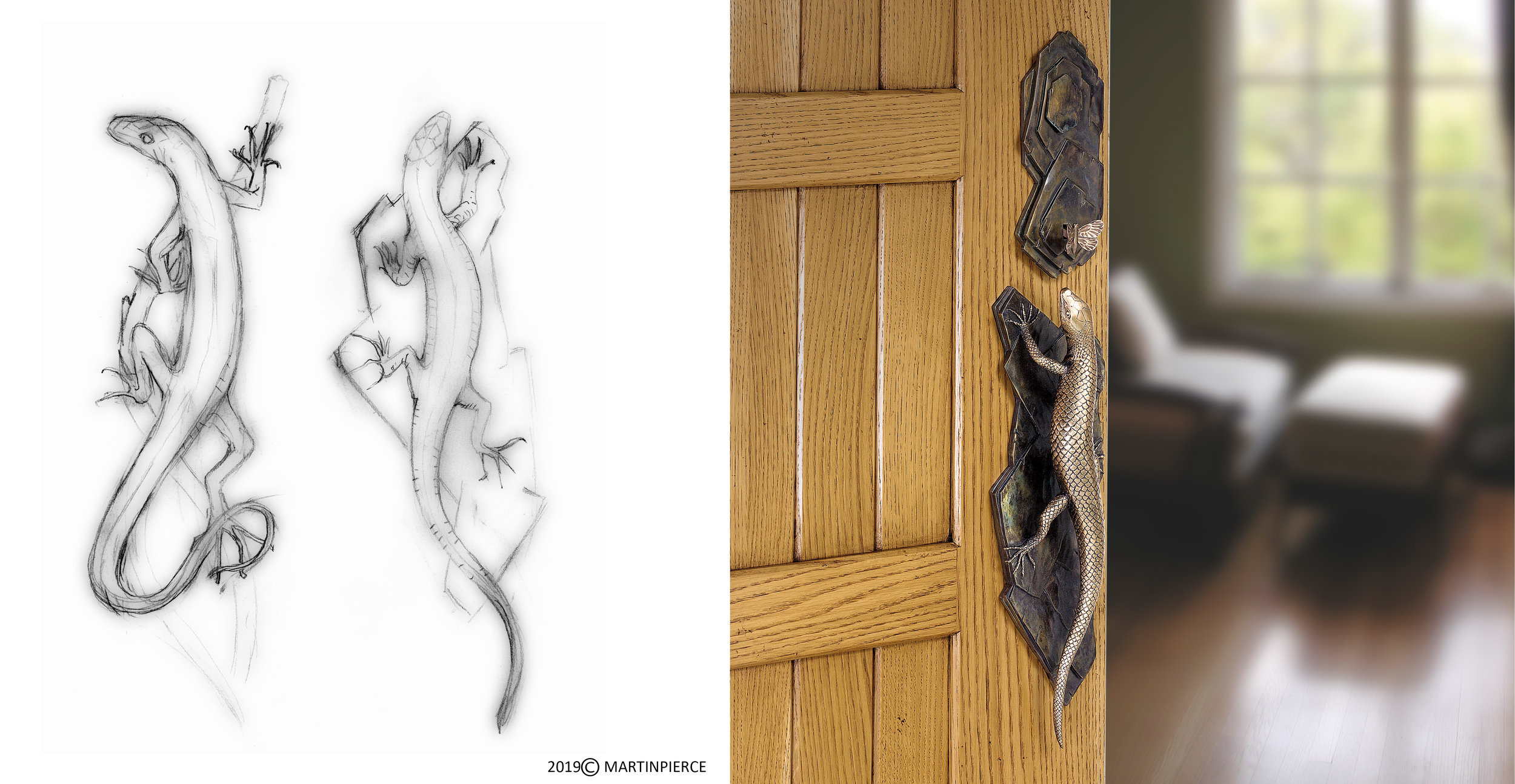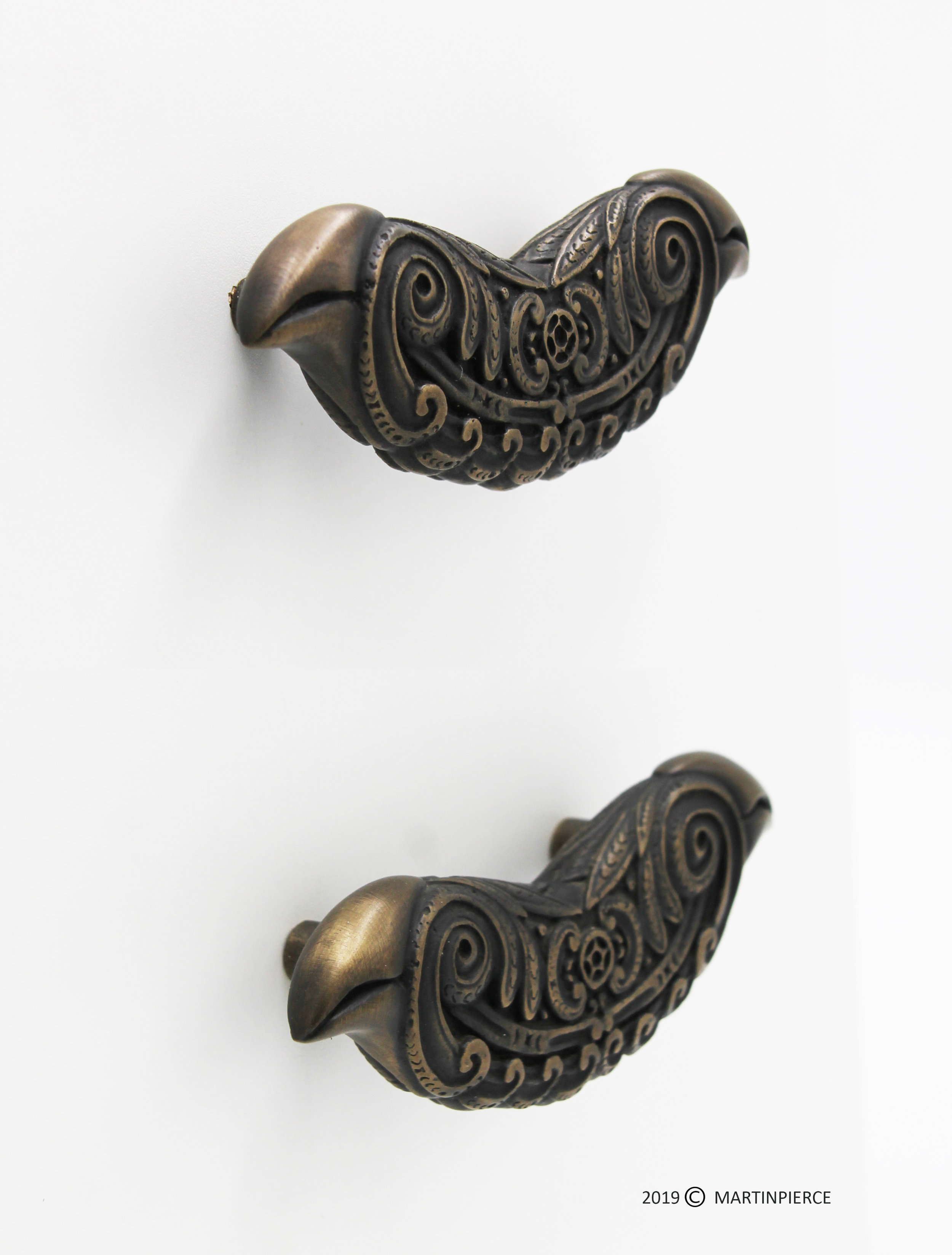A tubular latch is used to hold a door or double door closed. The latch has a tongue that is thrown into the door strike when the lever is depressed, or knob is turned. A roller latch performs a similar function but does not require a lever or knob to be activated which is an attractive option where you have stunning door pulls and do not want anything to detract from their beauty.
Roller latches come in a variety of configurations some perform a simple closing function and Imperial Lock makes a series that also will lock a door. Whatever the configuration they share a simple roller that is a metal ball which projects into a recessed hole in the strike when the ball is sprung. Well-designed rollers are adjustable, and you can decide how far you want the roller to project out from the edge of the door using a long projection to create a tighter closing door that will require more force to open.
Roller latches vary as to how difficult they are to install. To fit a mortise roller latch you will need to cut a substantial rectangular area into the door to house the mortise box which is a job best left to a skilled carpenter or locksmith. In the photos shown here we installed a much simpler roller latch for our bedroom double doors so that our Hedgerow tree pulls could be shown in their full glory. The roller latch only required a shallow small rectangular area for the face plate which was done using a router and a smaller round hole for the roller which was easy to drill out.


























